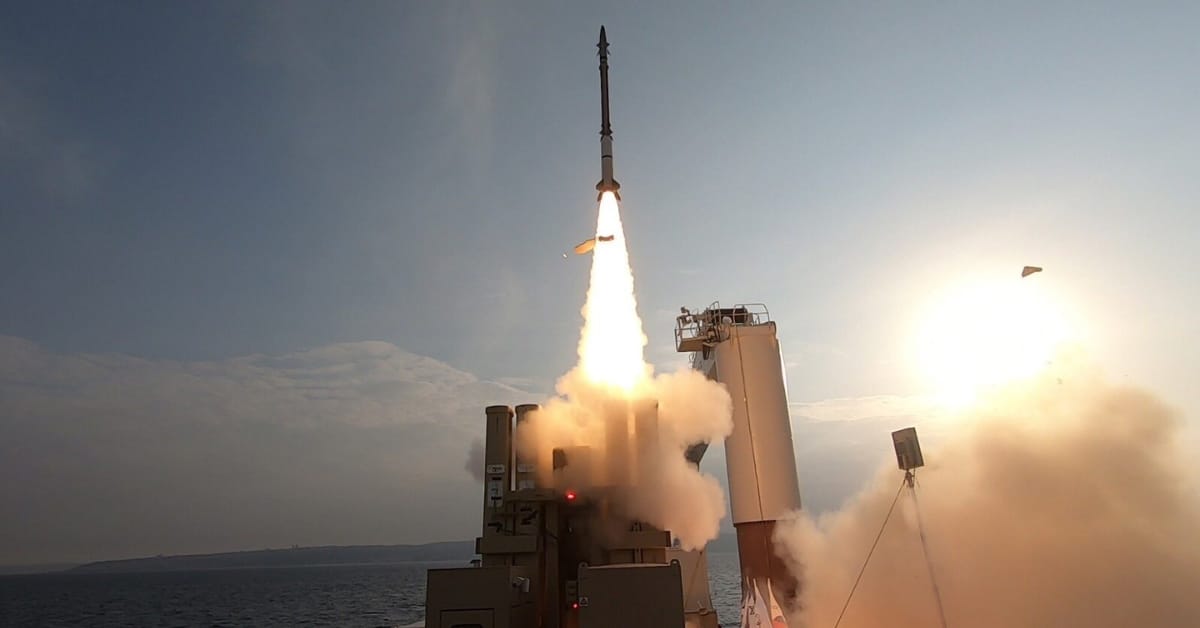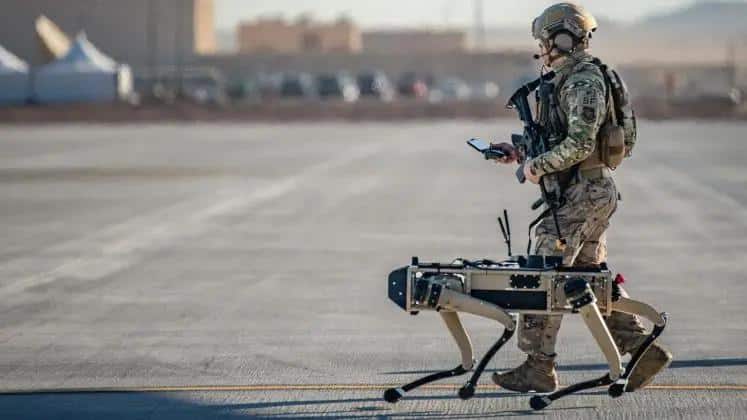Israel has spent decades refining one of the world’s most advanced air defense architectures. Driven by constant exposure to rocket fire, missile threats, and UAV incursions from state and non-state actors alike, the country developed a multi-layered system capable of intercepting everything from crude short-range rockets to sophisticated ballistic missiles.
This architecture rests on four key systems: Iron Dome, David’s Sling, Arrow (2 and 3), and the emerging Iron Beam laser platform. What makes Israel’s approach unique is the combination of technological integration, operational feedback, and real-time adaptability—all fused into a single national defense grid.
Iron Dome: defending cities at close range
The Iron Dome system was introduced in 2011 to protect against short-range threats like rockets, mortars, and artillery shells. Developed by Rafael Advanced Defense Systems in partnership with Israel Aerospace Industries (IAI) and supported financially by the U.S., it covers threats within 4 to 70 km.

Each battery includes an EL/M-2084 multi-mission radar, a command-and-control unit (developed by mPrest), and several launchers carrying up to 20 Tamir interceptors each. As of 2025, Israel operates between 12 and 14 active batteries, strategically relocated based on real-time intelligence.
Iron Dome’s performance has been widely praised—intercepting roughly 90% of incoming projectiles targeting populated areas, even during mass salvos. Estimates place the cost per Tamir interceptor between $40,000 and $100,000 depending on production scale and configuration, making the system vulnerable to cost saturation by adversaries deploying cheap, high-volume rockets.
David’s Sling: the intermediate layer
To bridge the gap between Iron Dome and Israel’s strategic missile defense, the David’s Sling system—developed by Rafael and the U.S.-based Raytheon—entered service in 2017. Designed for ranges between 40 and 300 km, it counters cruise missiles, medium-range ballistic threats, and UAVs.
At its core is the Stunner interceptor, a two-stage missile with an advanced electro-optical seeker and high maneuverability. Coupled with a networked command system and the EL/M-2084 radar, David’s Sling operates as an agile, fast-response shield against more complex targets.
The system was first used operationally in 2018 and has since intercepted projectiles launched from Syria, Lebanon, and—most recently—long-range rockets launched by Iran-backed forces in April and June 2025.
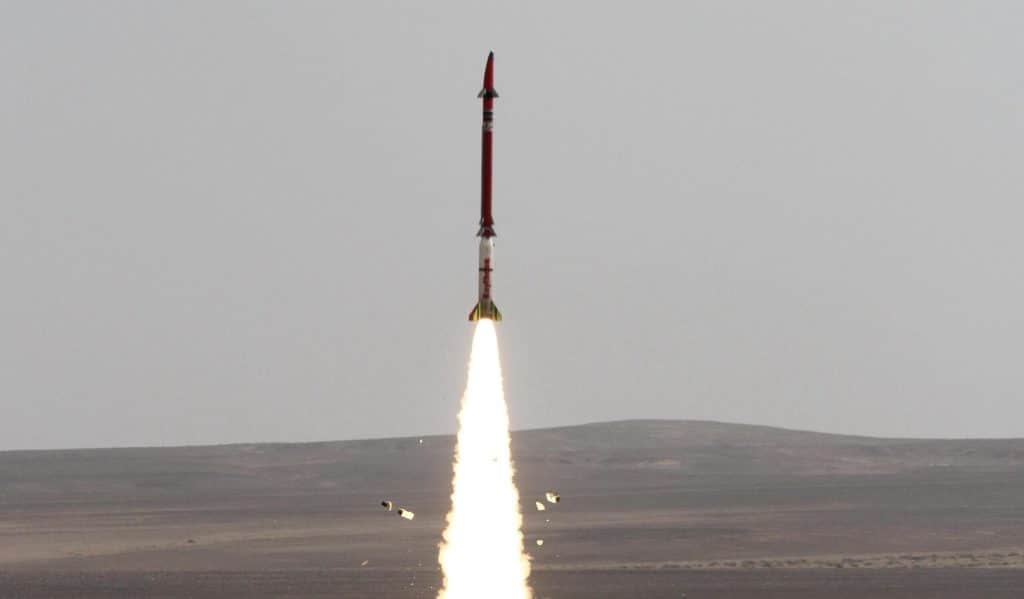
Arrow 2 & 3: strategic and exo-atmospheric defense
The Arrow program was launched in the early 1990s in cooperation with the U.S. Missile Defense Agency (MDA). Its goal: to intercept theater and intercontinental ballistic missiles before they reach Israeli airspace.
- Arrow 2, operational since 2000, is a high-altitude system targeting missiles during their terminal phase using Green Pine radar.
- Arrow 3, fielded in 2017, extends interception into space, engaging threats in their midcourse phase, far beyond the atmosphere. Its lightweight design and kill-vehicle precision allow it to eliminate advanced ballistic missiles before re-entry.
In November 2023, Arrow 3 scored its first combat kill against a ballistic missile launched from Yemen by Houthi forces—marking a major milestone in exo-atmospheric interception.
Following Iranian missile barrages in 2024–2025, Israel’s Ministry of Defense signed a contract with Israel Aerospace Industries to accelerate Arrow 3 and Arrow 4 production, citing depletion of strategic interceptors.
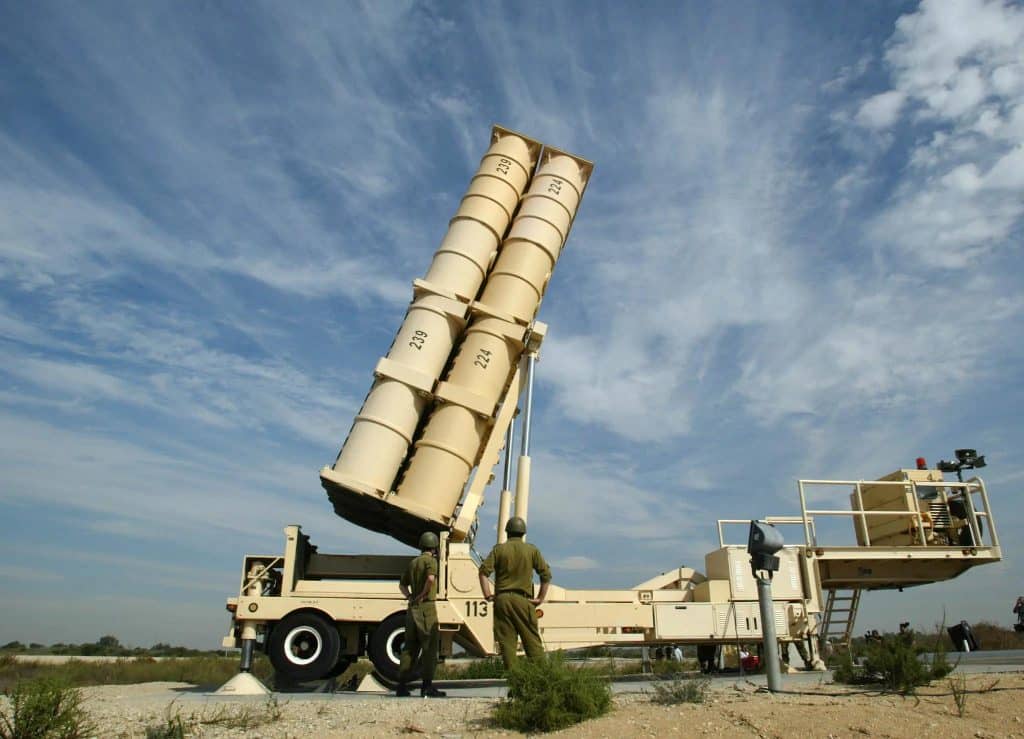
Iron Beam: the future of cost‑effective defense
Faced with increasingly frequent and low-cost threats like UAV swarms and rocket salvos, Israel is investing in directed-energy weapons. Iron Beam, developed by Rafael, is a high-energy laser designed to intercept short-range threats within 7–10 km.
Capable of destroying targets in seconds for less than $5 per shot, Iron Beam offers a revolutionary solution to the cost-exchange dilemma of kinetic interceptors. Though still in field-testing as of mid‑2025, operational deployment could begin as early as 2026, depending on ongoing field testing results.
Its main limitations—line of sight, weather interference, and power demand—are offset by near-infinite “ammunition” and rapid engagement times. Iron Beam is expected to augment Iron Dome, not replace it.

Sensor integration and command architecture
The success of this multi-layered system lies not only in its interceptors but in its networked sensor fusion and C2 architecture. Elbit Systems, mPrest, and the Israel Missile Defense Organization (IMDO) ensure that all layers communicate seamlessly. Radars such as EL/M-2084, Green Pine, and Super Green Pine coordinate to detect, classify, and prioritize threats within seconds.
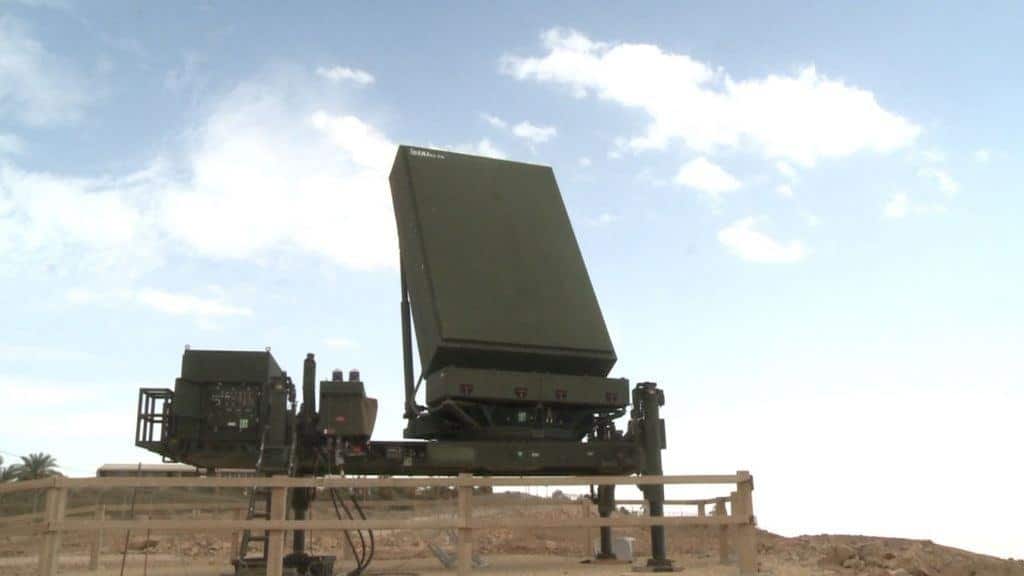
Export and strategic impact
Israel’s air defense innovations have become a major export asset. Iron Dome was purchased by the United States, India, and Romania. David’s Sling was selected by Finland. Arrow 3 is being co-developed for export to Germany under a €4 billion deal signed in 2023.
Such exports strengthen Israel’s defense-industrial base and bolster strategic partnerships, especially with NATO-aligned countries.
Looking ahead: new threats, new challenges
While Israel’s layered defense has demonstrated resilience, it is now facing new classes of threats:
- Hypersonic glide vehicles that maneuver unpredictably at Mach 5+.
- UAV and loitering munition swarms, often launched in waves to overwhelm Iron Dome.
- Cyber and electronic warfare attacks targeting radars and command centers.
To stay ahead, Israel is accelerating AI-driven target prioritization, expanding directed-energy development, and planning mobile, autonomous C-RAM systems for front-line units.
This evolution marks the beginning of a new strategic chapter—one that demands faster, cheaper, and more adaptive systems.

